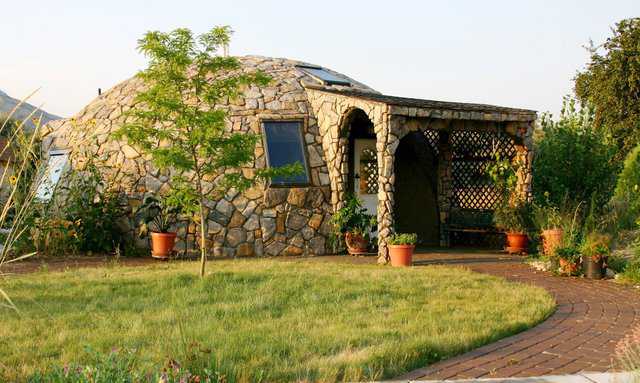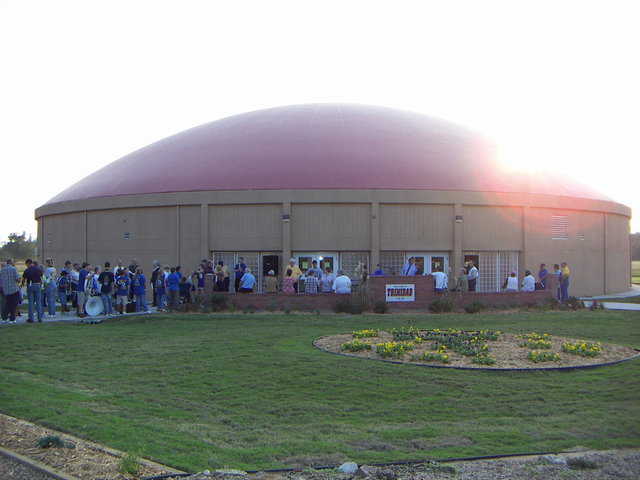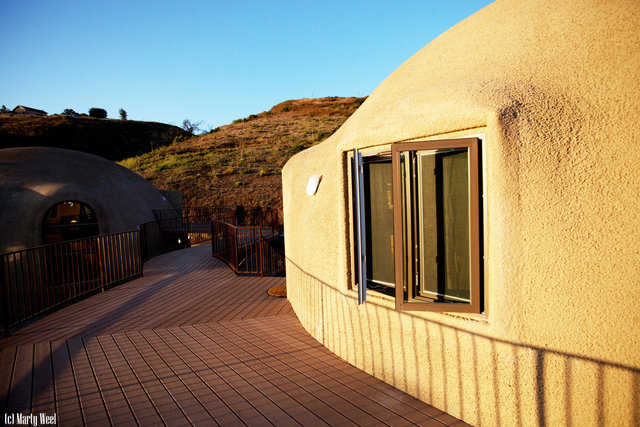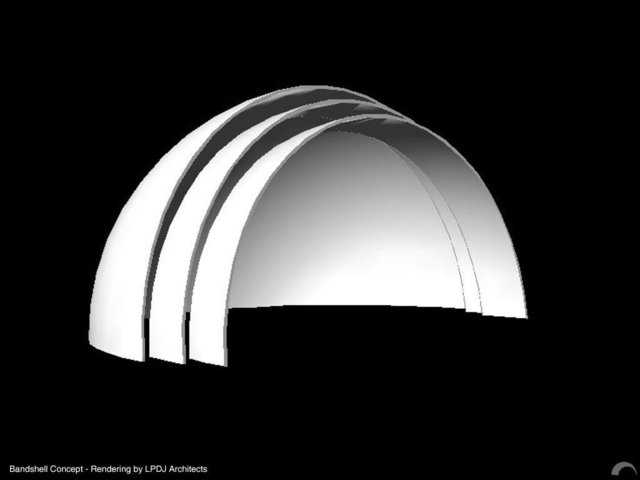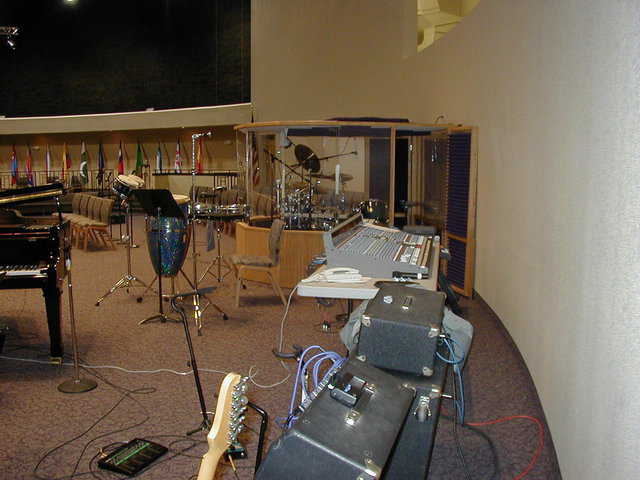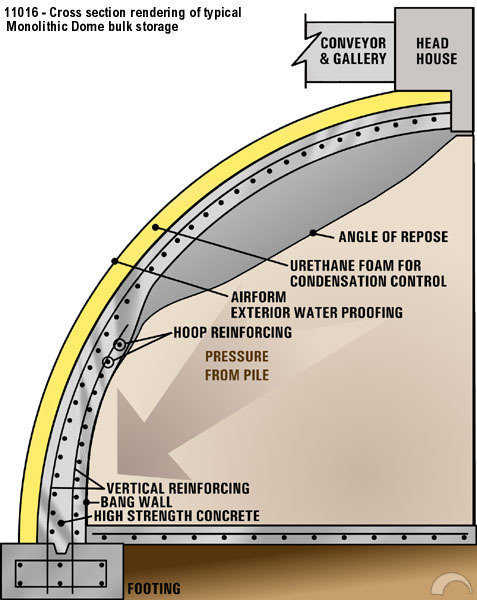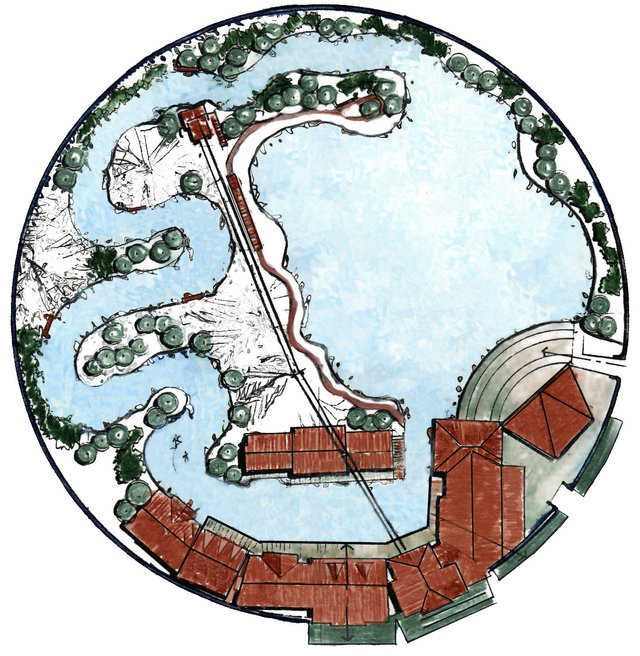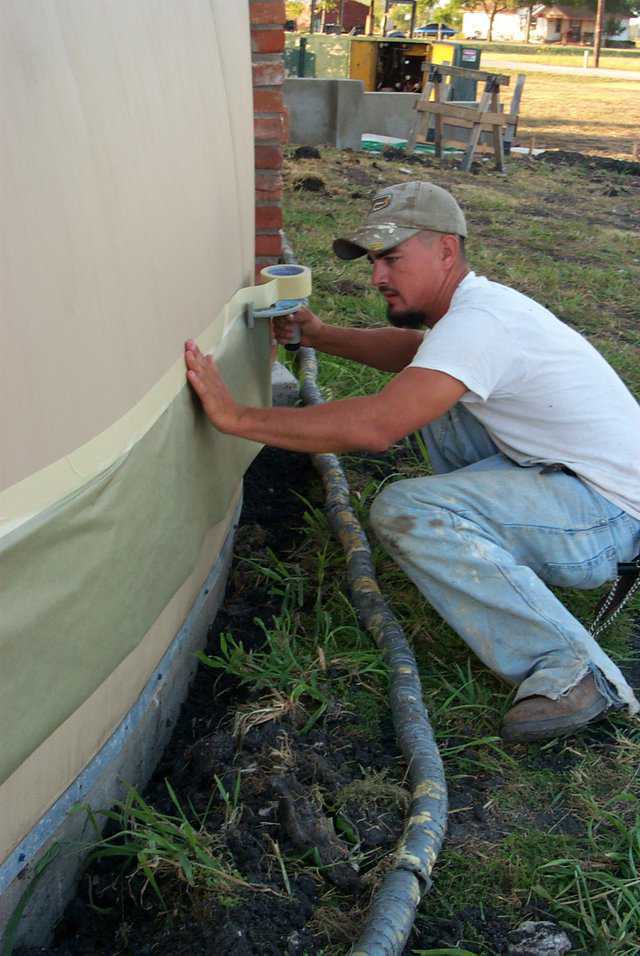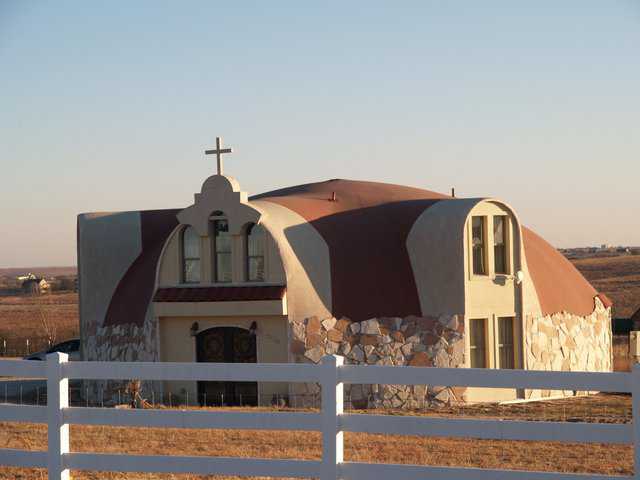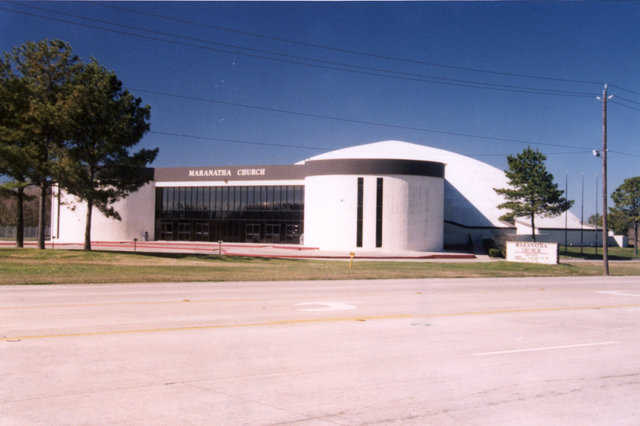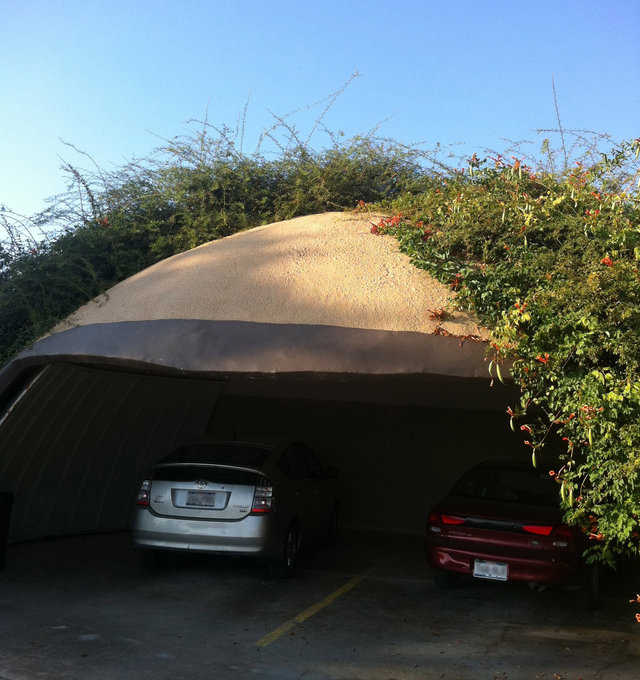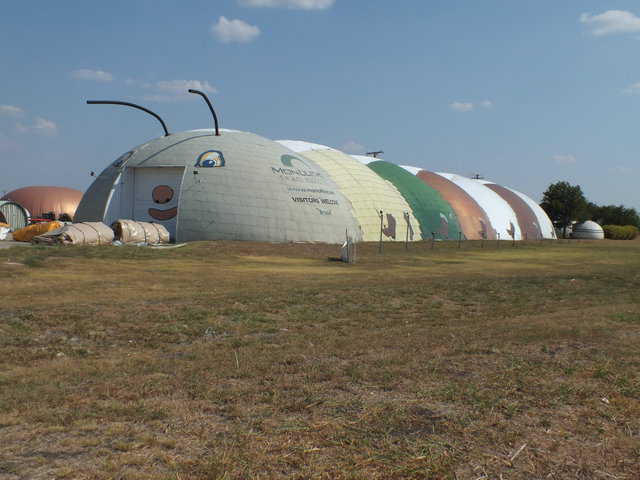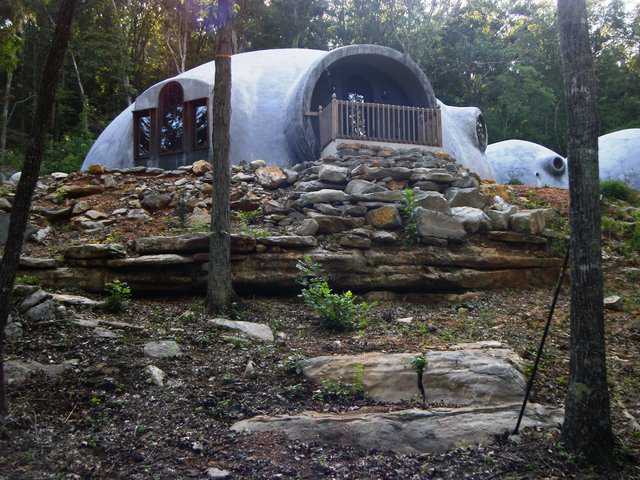Monolithic Chain Shell: A Super Protector
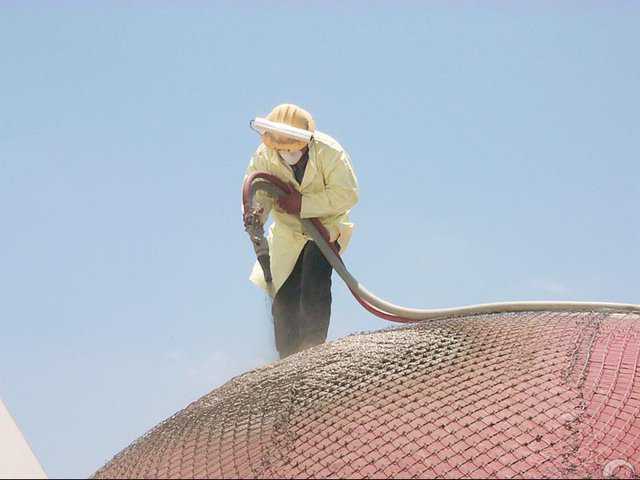
For many years Monolithic has been researching and developing protection for the Airform, the exterior fabric on a Monolithic Dome. That fabric is the weakest link of the Monolithic Dome, yet it serves two absolutely vital functions. As its name implies, the Airform forms the critical shape of the structure. That’s its primary function. But it also has an equally vital secondary function: An Airform protects the dome’s polyurethane foam insulation from sunshine and weather. But it’s made of fabric materials that, over time, the sun can slowly degrade. So to do its job, obviously the Airform needs help.

